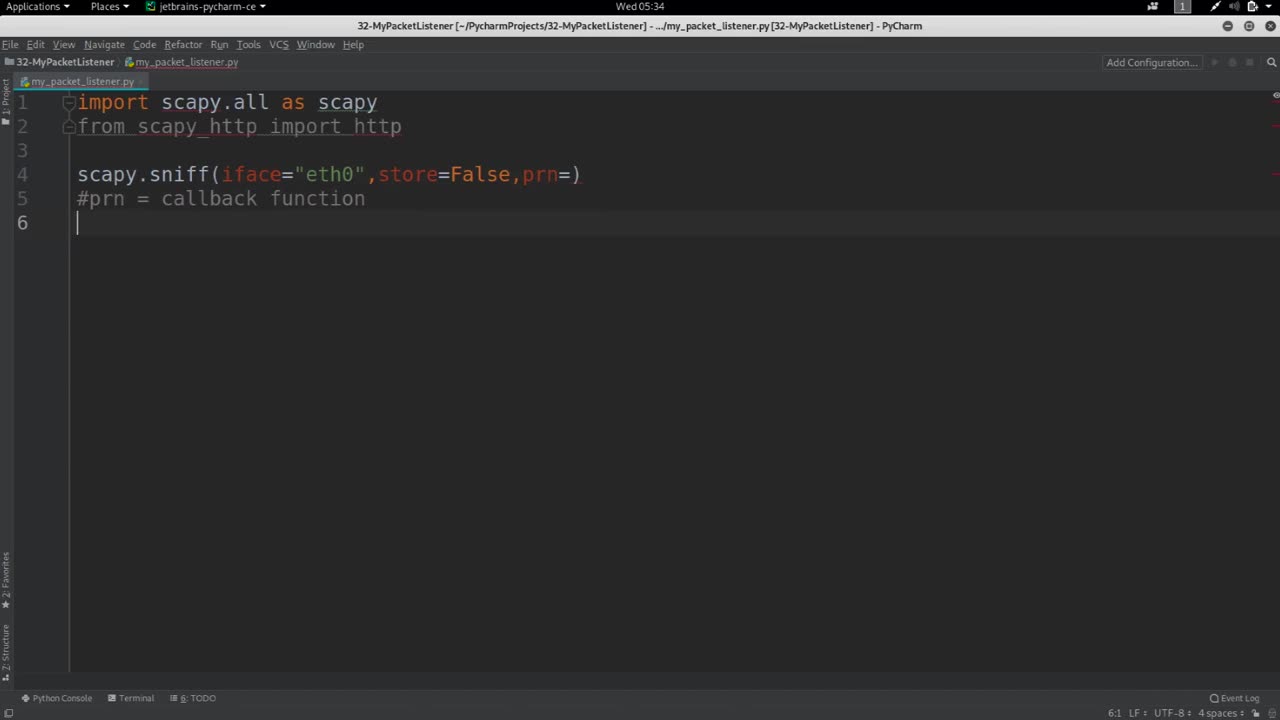Premium Only Content

Chapter-36, LEC-4 | Gathering Packets | #ethicalhacking #hacking
#ethicalhacking #hacking #rumble #virel #trending #education
Subscribe to our channel YouTube channel.❤️
/@thecybersecurityclassroom
Followe me on Rumble.💕
/@the1cybersequrityclassroom
Gathering packets, also known as packet capturing, is the process of capturing network packets from a network interface for analysis using a packet analyzer tool, such as Wireshark or tcpdump. Packet capturing is a critical step in network analysis and troubleshooting as it allows network administrators, security analysts, and developers to inspect and analyze the contents of network traffic to gain insights into the behavior of network protocols, applications, and devices.
Here are the general steps for gathering packets:
Select the Network Interface: Choose the network interface from which you want to capture packets. This could be a wired Ethernet interface, a wireless Wi-Fi interface, or a USB interface, depending on the network setup and the type of traffic you want to capture.
Start Packet Capture: Open your packet analyzer tool, such as Wireshark, and start a new capture session. Select the network interface you want to capture packets from, and start capturing packets by clicking on the "Start" or "Capture" button.
Capture Packets: Once the packet capture is started, the tool will begin capturing packets from the selected network interface in real-time. The captured packets will be stored in a capture file for further analysis.
Filter Packets (Optional): If you only want to capture specific types of packets or extract specific information from the captured packets, you can apply filters to the capture session. Filters can be based on various criteria, such as source or destination IP addresses, ports, protocols, or packet contents.
Stop Packet Capture: When you have captured enough packets for your analysis purposes, you can stop the packet capture by clicking on the "Stop" or "Capture" button in your packet analyzer tool.
Analyze Captured Packets: Once the packet capture is stopped, you can analyze the captured packets using the features and functionalities of your packet analyzer tool. This may include decoding and interpreting packet contents, inspecting packet headers and payloads, visualizing packet statistics, and identifying patterns, anomalies, and issues in the network traffic.
Save Capture File (Optional): If you want to keep the captured packets for future analysis or share them with others, you can save the capture file in a format supported by your packet analyzer tool, such as PCAP, PCAPNG, or Wireshark's native capture file format.
It's important to note that capturing packets may require administrative or root privileges on the capturing device, and it's essential to follow legal and ethical guidelines when capturing network packets to respect privacy and security considerations.
#hacking #growthhacking #biohacking #ethicalhacking #lifehacking #whacking #hackingout #happyhacking #brainhacking #travelhacking #househacking #brainhackingum #hackingtools
#bushwhacking #hacking_or_secutiy #porthacking#porthacking #belajarhacking #hackinginstagram #growthacking #biohackingsecrets #realityhacking #neurohacking #hackingnews #funnelhacking #mindhacking #funnelhackinglive #hackinglife #termuxhacking #learnhacking #bodyhacking #patternhacking #biohackingsuccess #ikeahacking #hackingorsecurity #russianhacking #traumahacking #shackingup #hackinghealth #growthhackingtips #wifihacking
-
 LIVE
LIVE
Right Side Broadcasting Network
9 days agoLIVE: President Donald J. Trump Keynotes TPUSA’s AmFest 2024 Conference - 12/22/24
22,613 watching -
 4:31
4:31
CoachTY
15 hours ago $10.62 earnedCOINBASE AND DESCI !!!!
45.2K6 -
 10:02
10:02
MichaelBisping
14 hours agoBISPING: "Was FURY ROBBED?!" | Oleksandr Usyk vs Tyson Fury 2 INSTANT REACTION
7.27K7 -
 8:08
8:08
Guns & Gadgets 2nd Amendment News
2 days ago16 States Join Forces To Sue Firearm Manufacturers Out of Business - 1st Target = GLOCK
59.5K60 -
 10:17
10:17
Dermatologist Dr. Dustin Portela
1 day ago $10.07 earnedOlay Cleansing Melts: Dermatologist's Honest Review
69.8K3 -
 1:02:20
1:02:20
Trumpet Daily
2 days ago $28.93 earnedObama’s Fake World Comes Crashing Down - Trumpet Daily | Dec. 20, 2024
45.1K39 -
 6:29
6:29
BIG NEM
23 hours agoCultivating God Mode: Ancient Taoist NoFap Practices
36.9K9 -
 30:53
30:53
Uncommon Sense In Current Times
1 day ago $8.86 earned"Pardon or Peril? How Biden’s Clemency Actions Could Backfire"
56.3K4 -
 40:01
40:01
CarlCrusher
21 hours agoSkinwalker Encounters in the Haunted Canyons of Magic Mesa - ep 4
52.4K2 -
 59:44
59:44
PMG
1 day ago $6.77 earned"BETRAYAL - Johnson's New Spending Bill EXPANDS COVID Plandemic Powers"
58.7K22